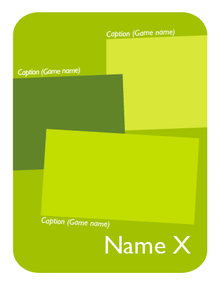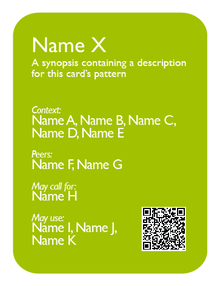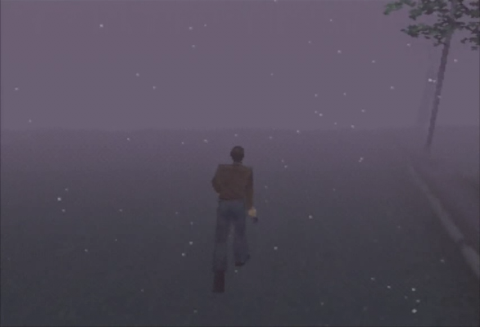Difference between revisions of "Silence"
ValterAlves (Talk | contribs) m |
ValterAlves (Talk | contribs) m |
||
| Line 10: | Line 10: | ||
| screenshots= | | screenshots= | ||
| rel-tag1=Contexts:<br> | | rel-tag1=Contexts:<br> | ||
| − | | rel1=[[Emotional Script]], Anticipation<br> | + | | rel1=[[Aesthetics]], [[Acoustic Ecology]], [[Emotional Script]], [[Awareness]], [[Anticipation]]<br> |
| description= | | description= | ||
Revision as of 21:42, 27 October 2011

|

| |
| The card's front face | The card's back face |
Candidate Card (new in version 2.0)
Synopsis
| Inducing the perception of the absence of sound. |
Relationships
Contexts:
Aesthetics ![]() , Acoustic Ecology
, Acoustic Ecology ![]() , Emotional Script
, Emotional Script ![]() , Awareness
, Awareness ![]() , Anticipation
, Anticipation ![]() .
.
Description
Silence is deeply associated with the Emotional Script. It may be associated to negative emotions (as explored in the survival horror genre) but it can also represent peacefulness (through quiteness). Naturally, the kind of explorations that we refer to here is are those where the absence of sound is intentional and not a consequence of poor sound design.
Also, it is important to specify, that the meaning of "silence" is more psychological (perceptual) than technical. That is to say, it about the perception of silence, not necessarily the actual absence of sound.
Silence is particularly explored in the survival horror genre, probably because it allows contrast with other relevant sounds. Referring to Silent Hill, Akira Yamaoka, said that "the lack of sound impresses people more than beautiful music if it’s contrasted" [1].
Silence may also be important in the Stealth genre. Some games explore the contrast between the loudeness of the environment and that of the player's actions. In such cases, the surronding sound servers as a sonic camuflage, and the quiter it is, the harder the challenge of remaining undetected.
Examples
  |
  Silent Hill Homecoming: In a newer installment of the Silent Hill series, Silence is still a prevalent Signature.
|
  Patapon: If the player does not complete a level with success, the menu that follows feels extremely silent, although what is heard is the Ambiance of the night, with crickets and other aspects. In this particular game, characterized by intense sounds during Gameplay and Menus, such composition sounds like Silence and it is very effective in emphasizing the impact of Failure.
|
  |
External Resources
GDC: Grasshopper's Akira Yamaoka Talks Audio Techniques
